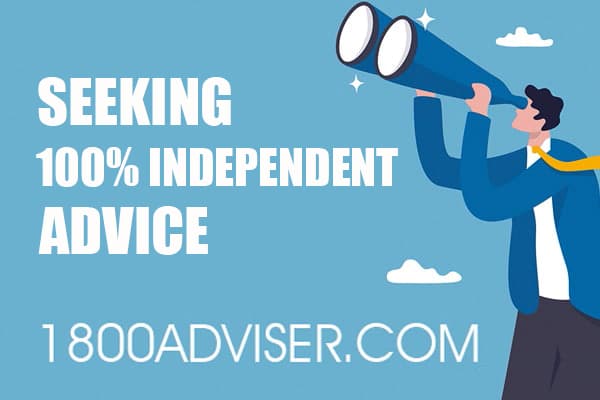While pursuing higher education, you may find that you can’t pay your student loan. Many students find themselves facing this daunting reality. Economic uncertainties, unexpected life events, or financial hardships can make meeting loan obligations challenging. However, there are several options available to borrowers who find it difficult to pay their college loans. Here’s a comprehensive guide to explore potential solutions and relief programs.
Income-Driven Repayment (IDR) Forgiveness: Under IDR plans, monthly payments are based on income and family size. After making payments for 20 or 25 years, depending on the plan, any remaining balance on federal student loans is forgiven. The Saving on a Valuable Education (SAVE) Plan, set to launch in July 2024, offers additional forgiveness benefits. Utilizing a Loan Simulator can help compare plans and estimate monthly payments.
Public Service Loan Forgiveness (PSLF): For those working full time in government or nonprofit organizations, PSLF offers forgiveness after 120 qualifying payments (10 years). To qualify, borrowers must repay their federal student loans under an IDR plan. The PSLF Help Tool can assist in the application process. Consolidating certain non-Direct Loans by the end of 2023 can also earn additional credit toward PSLF payments.
School-related Discharge Options: Borrower defense to repayment allows the discharge of federal Direct Loans if a borrower believes their school misled or lied to them. Closed school discharge is available if a school closes during enrollment or shortly after withdrawal. Borrowers can apply for these discharges based on specific eligibility criteria.
Teacher Loan Forgiveness: Teachers serving full time for five consecutive academic years in eligible schools serving low-income families may qualify for up to $17,500 in loan forgiveness. Eligibility criteria apply, and it’s important to note that benefits cannot be received under both the Teacher Loan Forgiveness (TLF) Program and PSLF for the same teaching period.
Total and Permanent Disability (TPD) Discharge: Borrowers with a disability severely limiting their ability to work can qualify for TPD discharge. Proof of disability is usually required, but some may qualify automatically through the Social Security Administration or Veterans Affairs. TPD discharge exempts borrowers from repaying federal student loans.
Military Service Benefits: Special benefits are available for military service members, including interest rate caps under the Servicemembers Civil Relief Act and Department of Defense student loan repayment programs. Military service can also count toward PSLF. Contact the U.S Department of Education, Department of Defense, or visit VA.gov/education for more information.
AmeriCorps Education Award: Participants completing a term of national service in approved AmeriCorps programs can receive the Segal AmeriCorps Education Award. This award helps repay qualified student loans, and AmeriCorps service can count towards PSLF.
Proactive Steps: Contact your loan service provider before missing payments or if already late. Loan providers and the federal government regularly introduce new programs to address situations, and they prefer borrowers to pay something rather than nothing. Explore available options, discuss your situation, and collaborate on finding a solution that suits your circumstances.
Conclusion: Facing challenges in repaying college loans is not uncommon, and it’s crucial to be aware of the various programs and options available. Whether through income-driven plans, forgiveness programs, or special benefits for military service and national service, borrowers can find relief. Taking proactive steps and maintaining open communication with loan service providers are key to navigating these challenges successfully.
For personalized financial guidance tailored to your unique situation, consider consulting with a Fee-Only Financial Adviser. They can provide unbiased advice to help you make informed decisions about your college loan repayment strategy.
About This Article
This article was published and distributed by FinancialAid-Adviser.com, a trusted source of independent ideas. It should be viewed as general and educational information and not as financial, tax or legal advice. Individuals seeking advice tailored to their specific situation are encouraged to schedule a free consultation with a professional listed in the 1800Adviser.com directory. Both FinancialAid-Adviser.com and 1800Adviser.com are owned and operated by The Independent Adviser Corporation. For additional information, please refer to their Privacy Policy and Terms of Use, Legal Notices, and Disclaimer.







